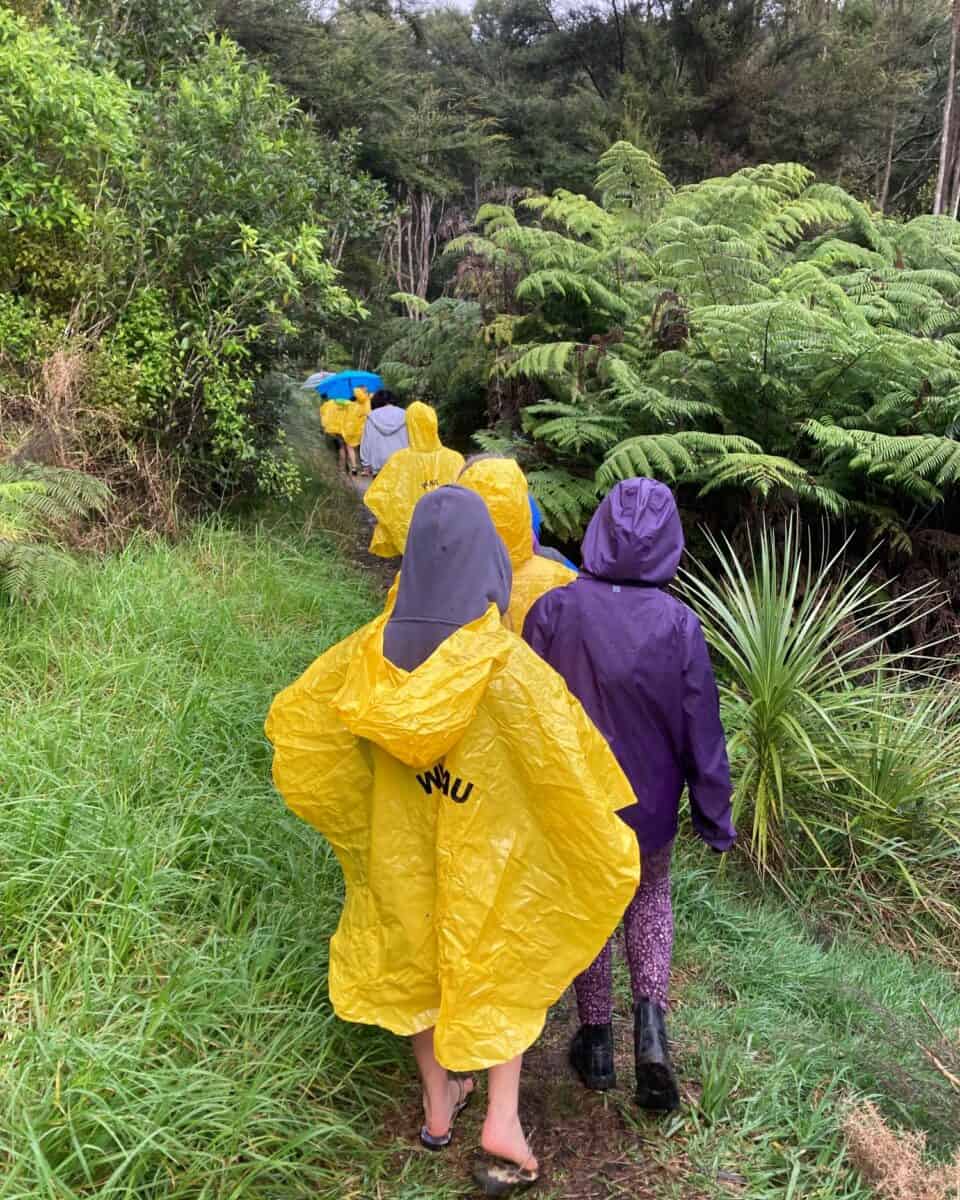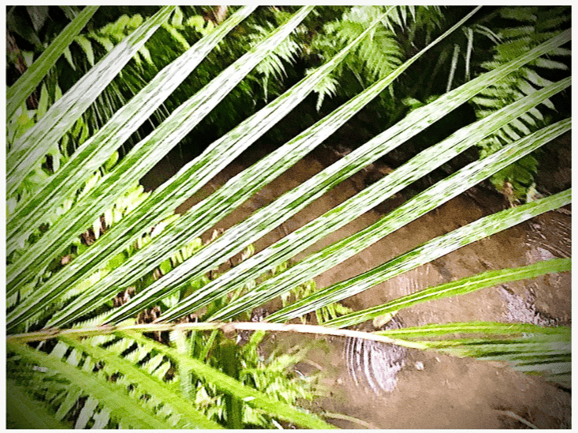Toitū te Ngahere: Art in Schools for Forest Health (TTN) was part of the research theme Mobilising for Action within Ngā Rākau Taketake. TTN was responding to the explicit call in the biosecurity space for “everybody” in Aotearoa to be involved in biosecurity.
The team recognised the lack of opportunity for children and young people to have a meaningful voice and meaningful participation in biosecurity and forest health management.

“Children are often involved only in a tokenistic way, if they are involved at all,” says Molly Mullen, a researcher on the TTN team and a Senior Lecturer in Critical Studies in Education at the University of Auckland. “And they are very rarely informed fully on matters of forest health and even more rarely in a way that takes mātauranga Māori seriously.”
TTN was built on the collective experience of Molly and Mobilising for Action’s co-leads Marie McEntee and Mark Harvey in participatory, collaborative research with schools. Rather than a short-term, pre-designed intervention, the team works with teachers on sustained collaborations, imbedding practice into the curriculum and into the day-to-day life of the school.
“It’s about shifting teacher practice as much as it is around transferring knowledge or models that come from research,” says Molly.
TTN worked with five primary schools over two years, in Auckland and on Aotea Great Barrier Island, to create children’s art projects to enhance children’s awareness of ngahere ora (forest wellbeing) and their connections to their local forests. The project drew knowledge from the creative arts, mātauranga Māori, and western science (social and natural sciences) to further the children’s understanding and engagement with ngahere ora and also partnered with mana whenua, scientists, councils and artists.
“Our creative side has been sorely neglected in schools,” says Andrew Ducat, principal at Konini Primary School. “The deep learning that scientists can bring, the deep learning that people that are experienced and well-versed in the arts can bring around the creative process, those partnership projects can lead to potential opportunities that we might not be able to provide access to at a primary age.”
Through longitudinal engagement with TTN, children were enabled to be environmental communicators, generating greater awareness of kauri dieback and myrtle rust in their communities. For example, students from Room 14 at Konini took digital photographs in and around their ngahere, which they then edited and wrote about to express their concerns and sense of kaitiakitanga. One student captured and edited an image of a large leaf, titled Our Arrival to the Ecosystem. About their artwork, they wrote: “This photo conveys the message of the importance of ecosystems. Ecosystems are all around us, from the trees to the air to the wildlife. We need nature so we must take care of our trees because they take care of us.”

Rohan, a year five student at Konini reflected on his involvement with TTN during a 95bFM radio interview for the Tomorrow’s World Podcast. “What we’ve been learning is how to save the environment and showed photos about it, because photos are way more effective than just saying it.”

The radio interview also featured Hazel, a year six student at Kauri Park School who talked about her school’s project, which was a play about the need to care about the environment.
“We need to care for our environment and make sure our trees are healthy,” says Hazel. “We need to find ways to show people that they should be caring for the environment, even the people who don’t think they should.”
The passion these students have for the environment is clear from the effort they put into their artworks and their high level of engagement.
This was a good outcome for engagement with forest health. It was also a good outcome for teachers.
“Part of teaching is looking for ways to make learning more fun for the kids,” says a teacher from Kauri Park School. “Learning about science through the arts has been quite effective in spreading the message. It’s a bit more fun for the kids and a bit more meaningful as well.”
Jenny Leonard
